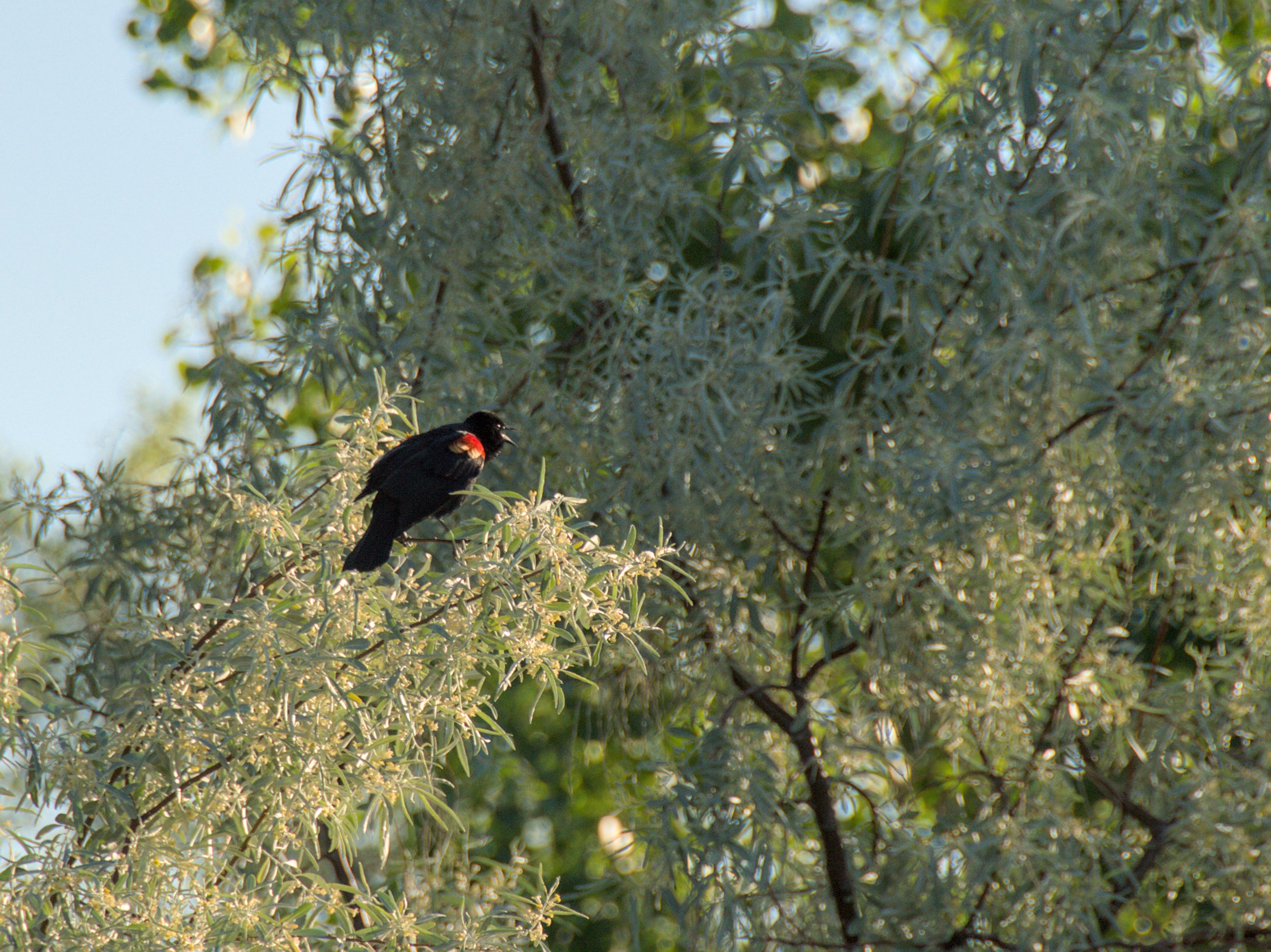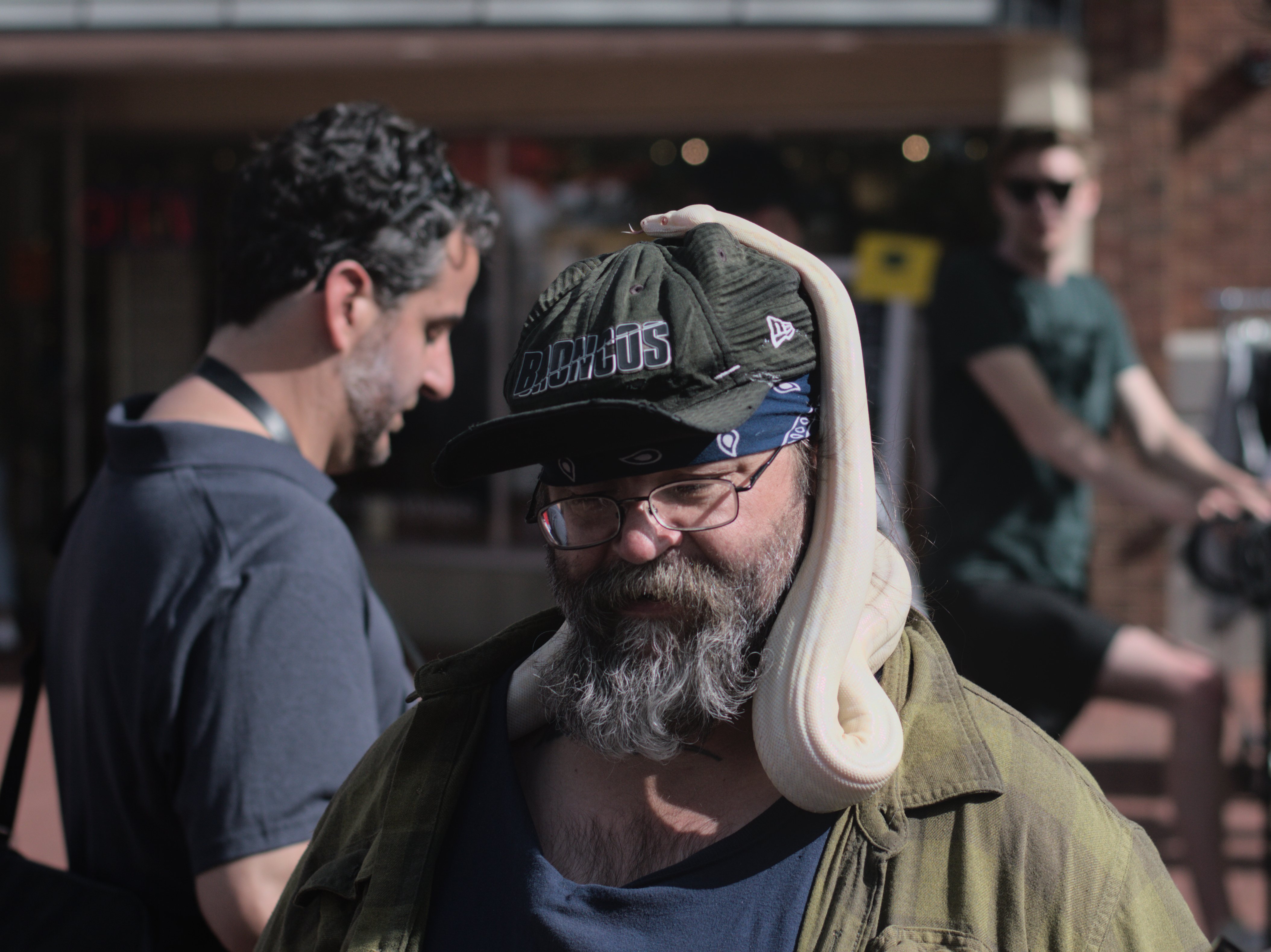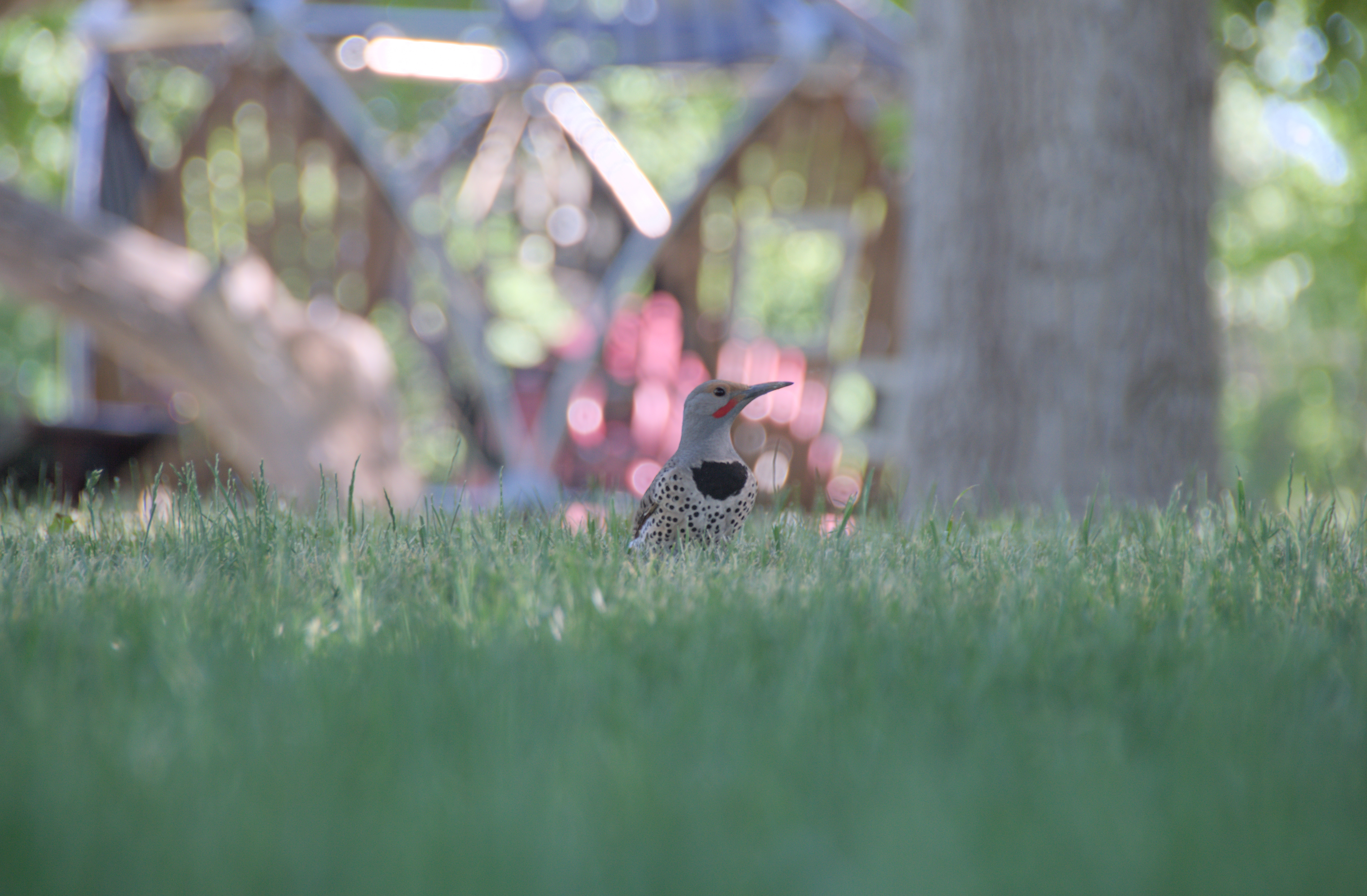I recently bought a used Canon Pixma Pro 100 and I was trying to get it to run on Linux, given that it's the only computer OS I've been using since forever.
From what I've seen, there are no official drivers for the printer and gutenprint doesn't support it. There is an alternative, called Turboprint, which is a paid proprietary software for Linux that seems to fully support the printer.
Well, I would never settle for a proprietary software solution, even though I wouldn't mind the least paying for software if it was FOSS.
A solution is clearly within reach, since others have done it. I am just wondering how hard it would be, and what would be the steps that I could take to come up with a solution. I've done some reverse engineering before, so I know it can range from straightforward to arduous and time consuming. I wonder if this would be too complicated and if I would be better off setting up a QEMU Windows virtual machine with the drivers (that is what I've tried and it works well) while I work on finding a proper solution. I'm now trying to extract the useful part of the MacOS drivers and see if it would work using CUPS. (this part was edited from the original post to address an originally inconsistent phrasing).
I would really appreciate if you could help me with this!
Below I have some further context, some background and references:
1- A post on the Canon community forum says that:
Unfortunately the "Pro" series of printers aren't supported, but if you don't mind paying a little money then check out Turboprint for Linux.
2- The printer doesn't seem to be supported by generic drivers, according to an Arch forum user
4- Dpreview users unanimously say the solution is either Turboprint or Windows VM, according to this post and this other post
5- A printerknowledge user links a post that seems to contain instructions on how to get the printer working on Linux, but it appears to be a dead link
Update 1: I found this link on stack exchange explaining how to extract ppd from dmg MacOS images. I extracted the ppd file and all the resources from the official MacOS driver provided by Canon. Now I need to replace MacOS-specific paths to something valid on Linux. There are three or so entries that I need to configure. I will update this post as I make some progress on adapting the drivers to Linux.









Thank you for such a great reply! I will try to address your points individually.
First, agreed that used flagship always beats brand-new midrange. I will likely buy a higher-end (not flagship) camera used, because that's what I do for basically everything (lenses, laptops, bikes, etc). I was a bit hesitant to state a budget because I am slightly flexible with it. However, I do not want to own a setup that costs more than $2k including everything. I was thinking about spending ~$500-750 on the body, and ~$1k-1.5k on lenses (long-term). I would like to have a compact, flexible kit lens, a long telephoto (I'm talking ~600mm equivalent), and a dedicated macro. Fast primes and pancake primes might be interesting depending on how I feel about the camera body. I know this is feasible with Nikon (given the FTZ adapter) and Olympus (as you know from experience). I am unsure about Sony.
I will likely do the same thing as you did, and buy from MPB, KEH, Adorama, UsedPhotoPro, etc. The local shops in my area pay too little for cameras and usually charge too much unless you are patient and find a gem. Also, the no-questions-asked return policy I can get online is much better than what local shops can afford to provide.
Second, I agree that the D3200 is a small DSLR. I've noticed that its size doesn't bother me most of the time, but it isn't a camera I can easily take with me everywhere. For example, it still can't fit in a pocket or small bag, so I need to carry a relatively large bag to bring the camera and one extra lens with me. That is definitely not the case with feature-packed, smaller mirrorless cameras, like the Lumix GX or the Sony A6x00 series. On the other hand, I would also like to have more dynamic range and "low light" performance than the D3200 when camera size isn't a problem. For that reason, I was considering avoiding mirrorless altogether and getting a Nikon F full-frame for situations where size isn't a problem (D610, D750, D810), and a compact point-and-shoot to carry around at all times (Z-V1, RX100). However, two things made me think that this might not be a good idea. One reason is that "good" compact cameras nowadays are the same price as arguably better mirrorless without much compromise in size, so why even bother with a point-and-shoot? The other reason is that I wouldn't be able to mix-and-match lenses, which would also be nice.
Lastly, I will be sure to check out PetaPixel's videos. I've seen a lot of MicroFourNerds' content and I agree that she is great.
I'm glad to hear you're enjoying the E-M5ii. I was thinking about getting the E-M5iii because of the 4K video. I skipped the E-M10 line due to the lack of weather sealing and "downgraded" processor (as MicroFourNerds recommended). The E-M1 is much heavier given that it is "for pros", so it kind of defeats the purpose of portability in my case.